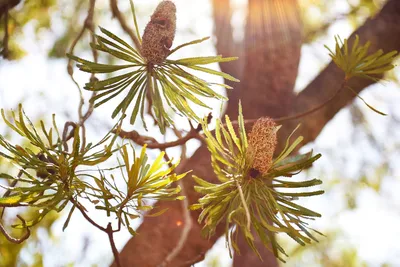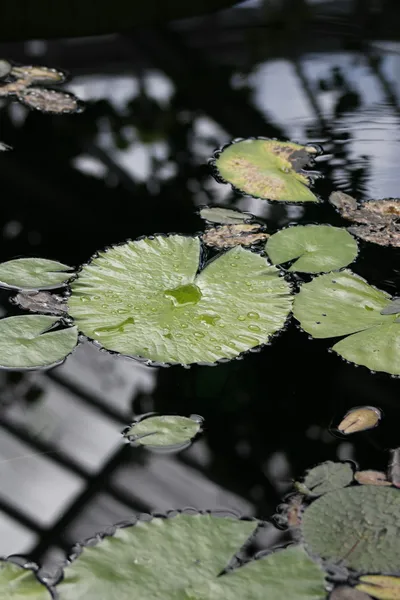The Importance of Beneficial Insects in Your Garden
Beneficial insects play a pivotal role in maintaining healthy ecosystems. They help control pest populations, pollinate flowers, and contribute to the overall health of your garden. Inviting and maintaining a diverse insect population can significantly enhance the balance and biodiversity of your garden.
Identifying Beneficial Insects
Understanding Good vs Bad Insects
To effectively cultivate a garden teeming with advantageous insects, it’s crucial to differentiate between beneficial and harmful ones. Beneficial insects include pollinators, predatory insects, and some parasitoids. Recognizing these insects can aid in promoting their presence while minimizing the damage done by harmful species.
Common Beneficial Insects in Australia
Some common beneficial insects in Australian gardens include:
- Ladybugs: Known for devouring aphids and other pests.
- Lacewings: Their larvae feed on soft-bodied insects.
- Hoverflies: Their larvae are excellent at controlling aphid populations, while adults are proficient pollinators.
- Bees: Essential for pollination, particularly native bees such as the blue-banded bee and reed bee.
Creating an Environment for Beneficial Insects
Planting Suitable Flora
Establishing a habitat rich with diverse plant species can lure beneficial insects. Opt for native plants such as Eucalyptus species, Leptospermum (Tea tree), and Banksia. These not only serve as food sources but also as breeding habitats for various insects.
Maintaining an Organic Garden
Avoid the use of pesticides and chemical fertilizers as they can harm the insect population. Instead, focus on organic gardening practices such as companion planting and using natural pest deterrents like neem oil or insecticidal soap to support beneficial insects.
Seasonal Activities and Observations
During different seasons, certain insects become more prominent. For example, in spring and summer, hoverflies and bees are active pollinators, whereas ladybugs are visible during warmer months feasting on aphids. Documenting these seasonal patterns can aid in further understanding the ecosystem dynamics of your garden.
Contributing to Local Biodiversity
Fostering beneficial insects not only enriches your garden but also supports local ecosystems. By maintaining a space that encourages insect biodiversity, you're contributing to a broader environmental conservation effort, recognizing the interconnectedness of living organisms and their habitats.
Popular Gardening Guides
Explore our most loved gardening articles, featuring expert advice on plant selection and sustainable practices.




